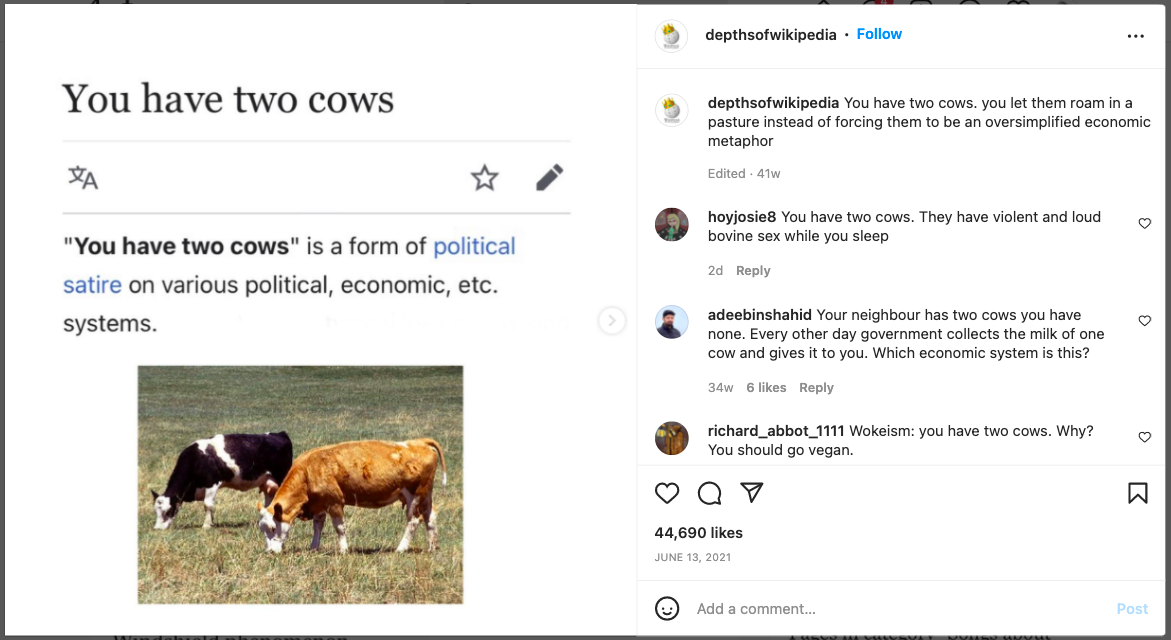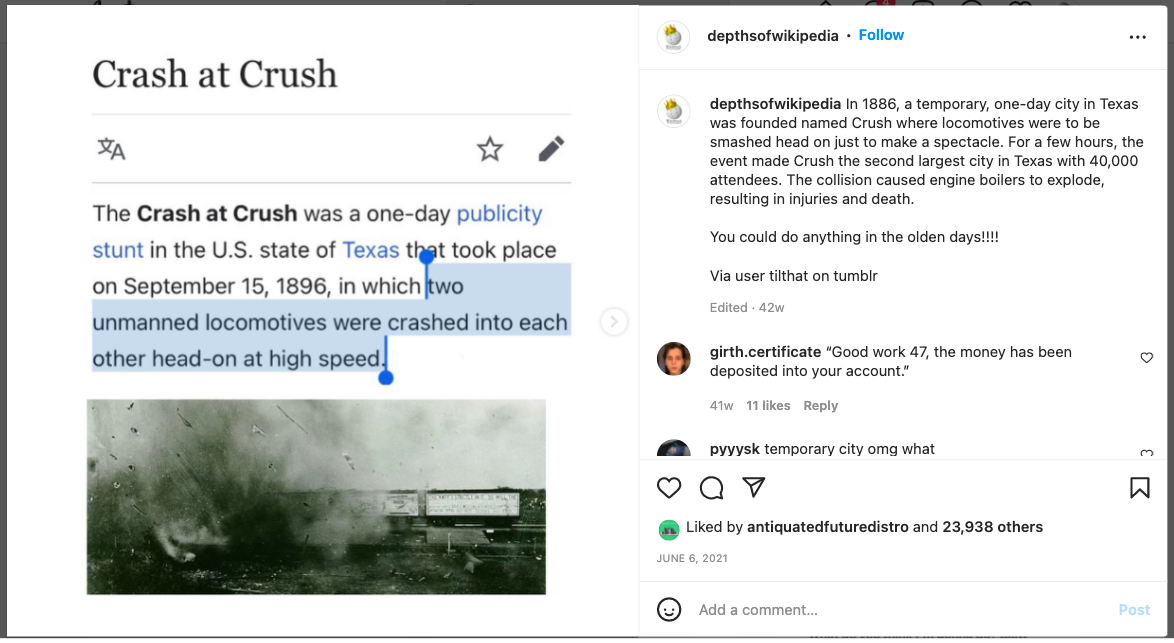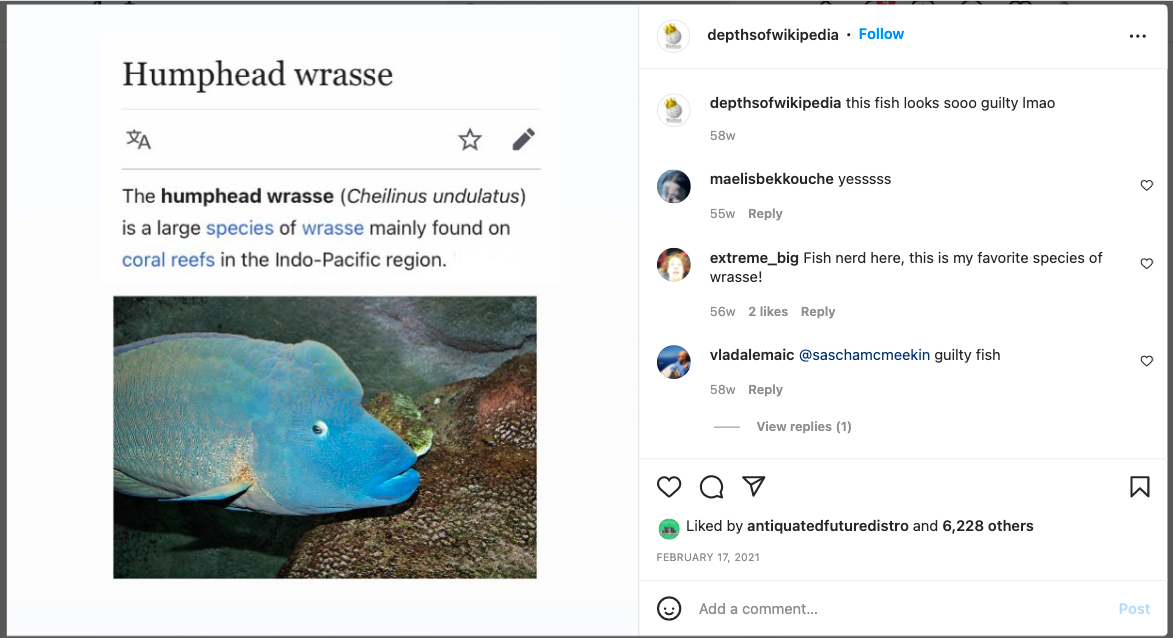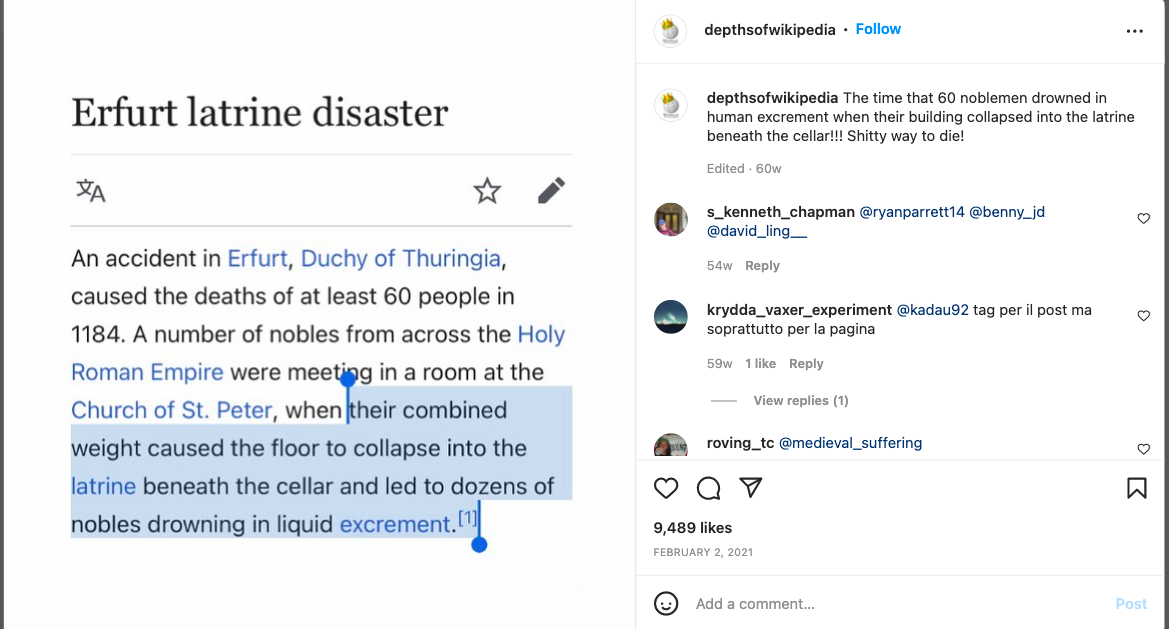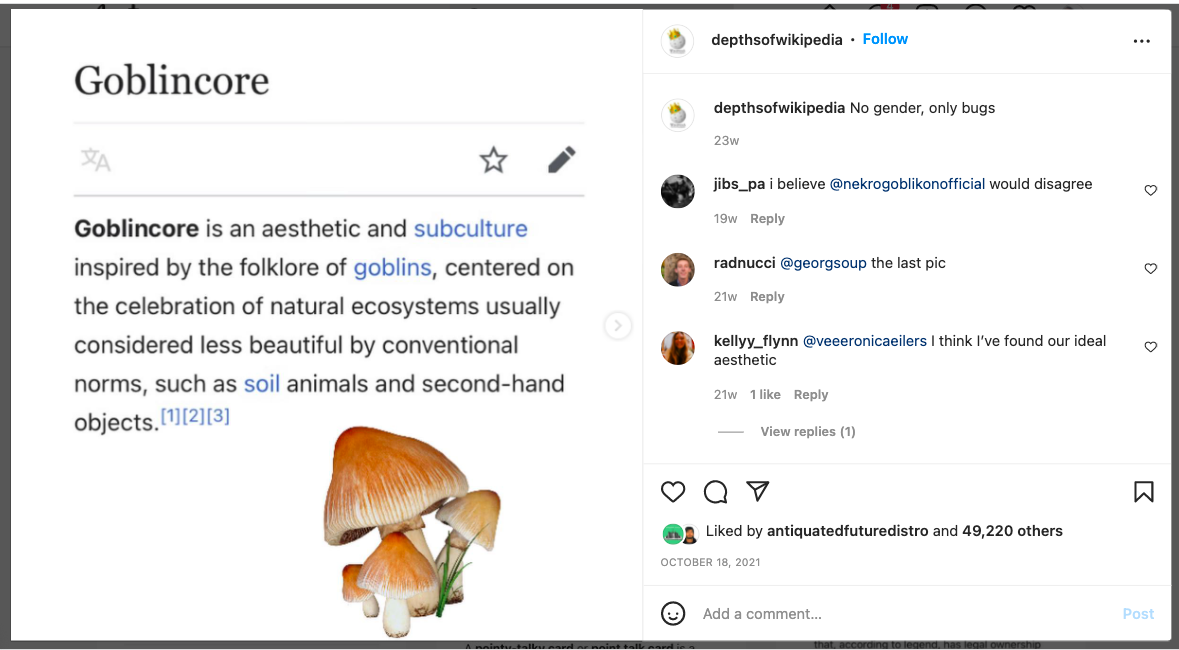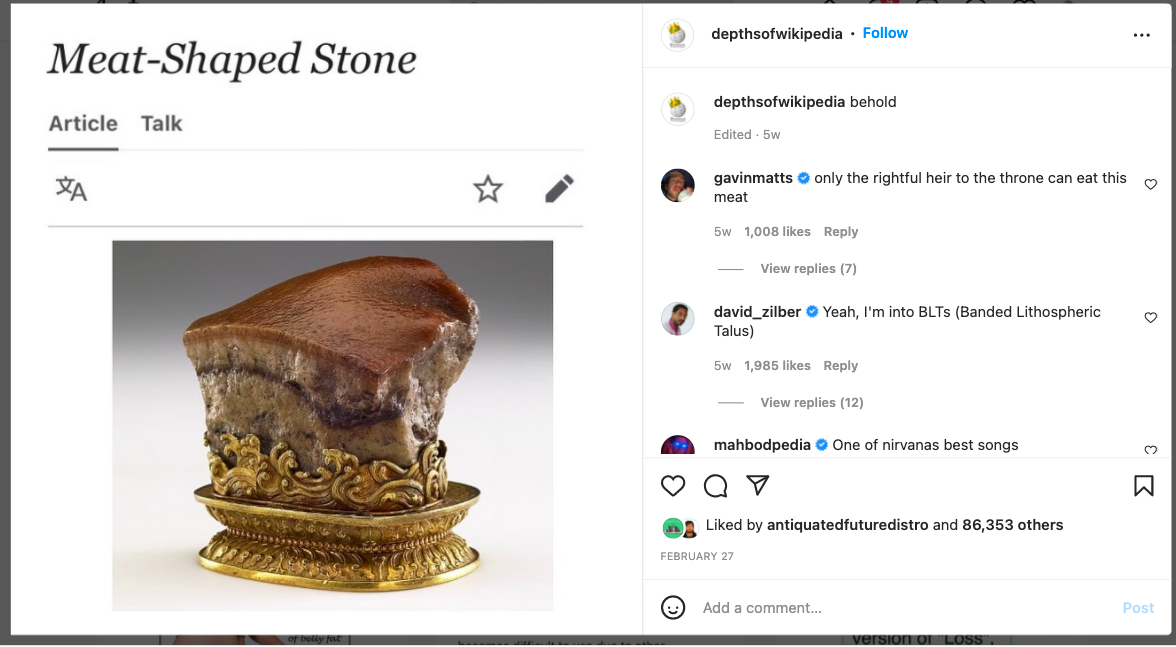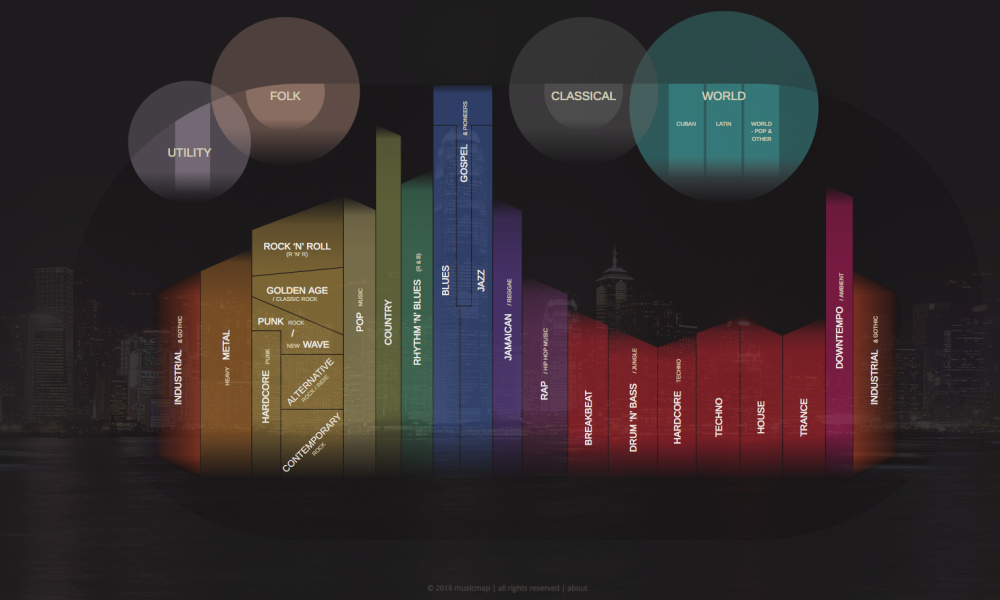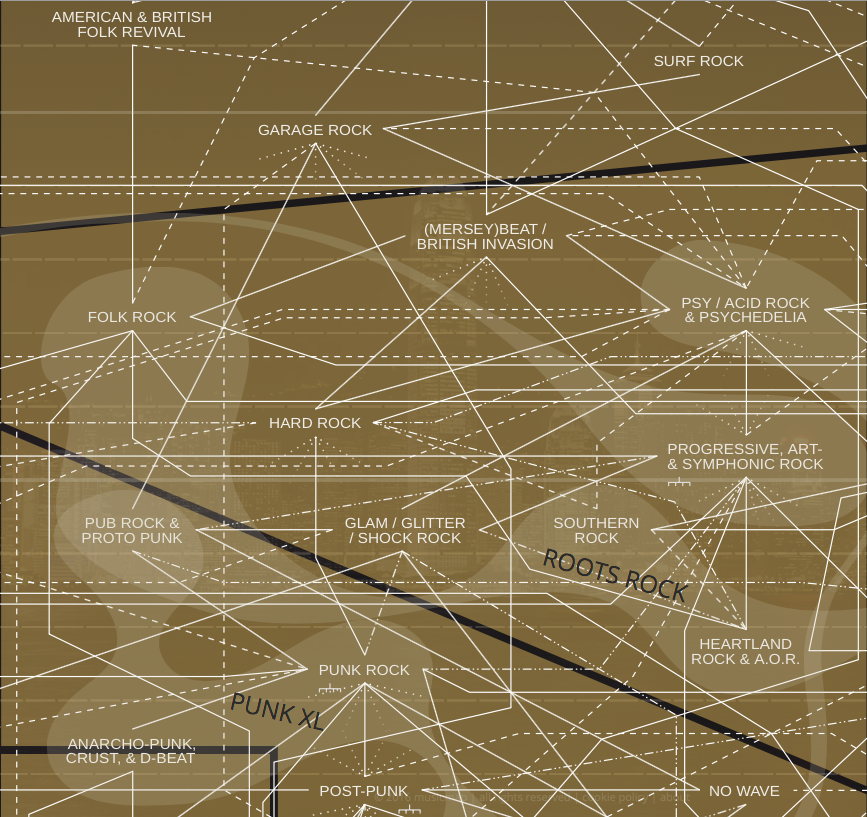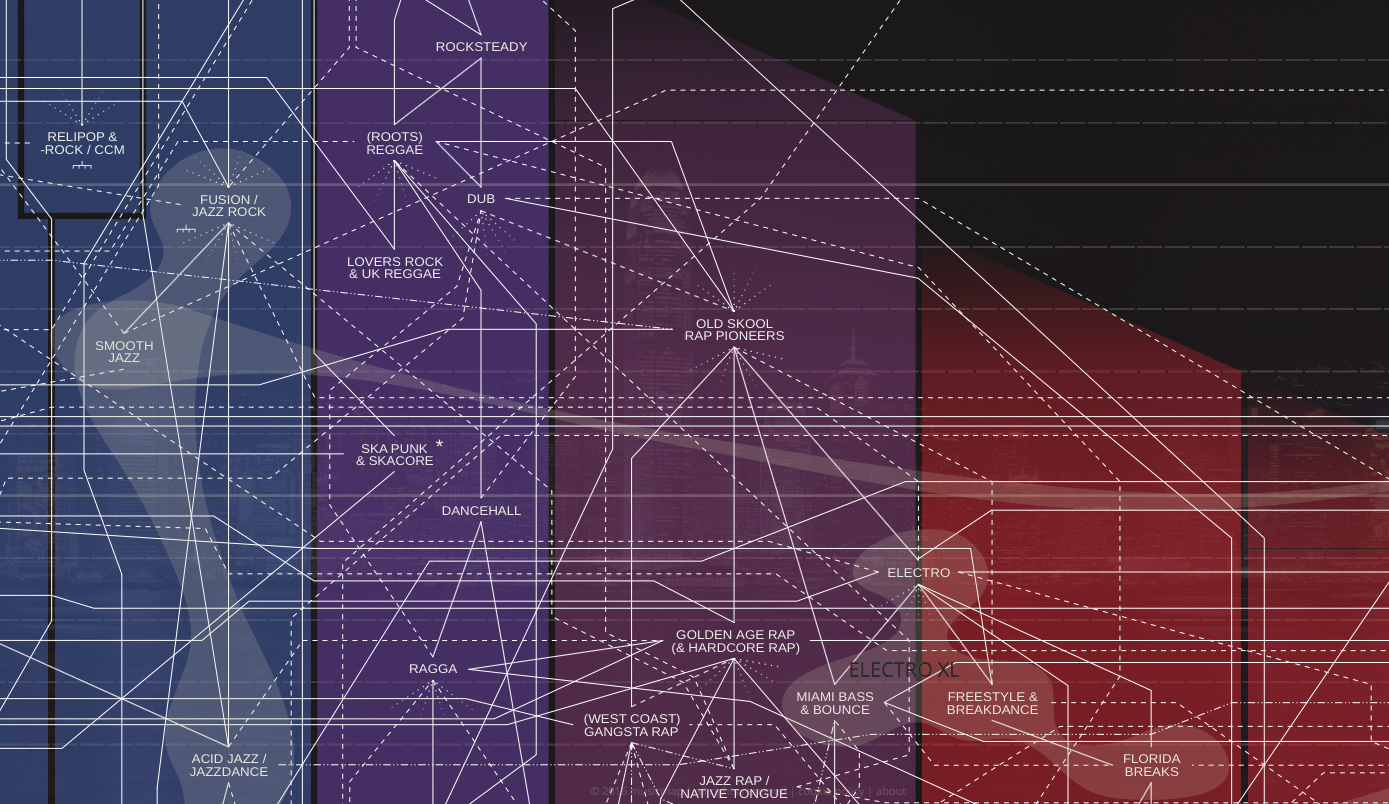Remember when you first encountered Queen’s “Bohemian Rhapsody”?
I suspect many of us don’t. It’s not the Kennedy assassination. Nor does it take long for Freddy Mercury’s soaring vocals and monumental lyrics to leach into the blood stream, creating the impression that we were born knowing every note, every word, every staggering transition…
(Note to those unfamiliar with this impossible to categorize 1975 masterpiece: Go give it a listen RIGHT NOW, while the rest of us wait for you here. Here’s the official video. But first, set up whatever equipment you need to film your reaction in real time, as Pennsylvania based YouTuber AFRO REACT, does above.)
He’ll definitely remember where he was when he first heard this wonderful, seminal song, as will over 1000 viewers, most of whom gave him an encouraging thumbs up.
So what if he mispronounces both “bohemian” and “rhapsody”? That he’s unclear whether Queen is the name of the singer or the band? He can cringe later…or not. Such documented boo boos may be a generational hazard, the way crimped and moussed 80s hair was for mine.
(I was surprised, and grateful, that neither he, nor any of the video reaction masters featured today, sniped at the ridiculous coiffures of the artists they were watching.)
Perhaps AFRO REACT’s appreciation will lead him to investigate those unfamiliar words and more: Scaramouche, Bismillah, fandango (No, not the popular movie time site…)
I appreciated how he consulted his mom prior to listening, to see if she thought he’d enjoy the full song as much as he liked the snippet he’d heard in a movie trailer.
My son never asks my opinion like that.
Hold up a sec there, AFRO REACT. Why not leave Mom out of it and just give it a spin (as we used to say)?
I suspect what he was really eager to find out was whether she thought this track would be worthy of a reaction video.
The answer, resoundingly, is yes.
I confess that his habit of pausing the video to interject his own thoughts was driving me out of my gourd. My son does the same thing.
I have since learned this is more than just a symptom of being born into a world where pretty much everything can be paused and restarted at will, at least as far as practitioners of the reaction video arts are concerned.
Taking frequent breaks like that is a solid way to get around copyright claim when including the official videos alongside the reaction. (Other techniques include lowering the volume while offering one’s response or fast forwarding 5 seconds a couple of times per minute.)
I suspect many older fans will feel a lump at the 4:15 mark, as the appreciative first-timer muses, “This man has a beautiful voice. Like, what happened to him?”
Ask your mother, kid.
The real treat comes at 6:15. Scaramouche, scaramouche, whatever our young listener was expecting, it surely wasn’t that!
Thusly another Queen fan is forged. Just a few days ago, he shared his virgin response to “Under Pressure (Live at Wembley)”
Tuscaloosa-based musician Joey Da Prince takes a more understated approach to reaction videos. Watching him bob from side to side, brow furrowed, appreciative involuntary smiles blooming now and again, reminds me of coming home, stripping the cellophane from a just-purchased album (or CD) and giving it a good hard listen, eyeballs glued to the liner notes.
He only hits pause once, shocked by the opening line of the famous first verse:
Mama just killed a man…
Oh, wait a minute. In a just posted 25-minute lyric breakdown, Joey reveals that he misheard that line, and was, understandably, taken aback by the idea of the singer’s mother murdering someone.
(Mercury’s technique was impeccable, so let’s take this as proof that commas are easier to see than hear…)
Like AFRO REACT, Joey quickly queued up the live version of “Under Pressure”…and “Somebody to Love,” “Fat Bottomed Girls,” “We Will Rock You,” the list goes on…
He’s obsessed to such a degree that he’s even filmed his reaction to pop culture essayist Polyphonic’s The Secrets Behind Freddie Mercury’s Legendary Voice, below. This is what lifelong learners do.
It’s worth noting that Joey Da Prince tried “Bohemian Rhapsody” on a commenter’s suggestion.
At the rate he’s going, he’s going to burn through Queen’s sizable catalogue pretty quickly, so toss him some suggestions, people!
I’m gonna go out on a limb and nominate Kate Bush’s “Wuthering Heights.”
Gamer Quamax, aka Qua, did not come to “Bohemian Rhapsody” as a total Queen newbie. By his own admission, he was somewhat familiar with “We Will Rock You,” “We Are the Champions,” “Another One Bites the Dust,” and “Under Pressure” from their appearances in movies and “other pop culture” (which presumably does not cover someone else’s reaction videos.)
As he listens in an intent forward-facing hunch, he seems the most keyed-in to the humor that is a definite part of this song’s listening experience (and possibly performance). He laughs merrily at the phrase “Mama Mia, Mama Mia” and avails himself of some truly delightful after effects in the editing process. (Those in a rush may fast forward to 4:32.)
Final pronouncement? It’s “dope and funny” and he really liked the transitions from one musical style to another.
Welcome to the Queen Army, Quamax! You should try listening to “Under…” oh, you already did.
Readers, if these young men’s open-mindedness and open ears have inspired you to shoot a reaction video of your own, you’ll find a good primer here.
What haven’t you heard?
And what do you wish you could hear again for the very first time?
via Metafilter
Related Content:
Hip Hop Fan Freaks Out When He Hears Rage Against the Machine’s Debut Album for the Very First Time
Hear Freddie Mercury & Queen’s Isolated Vocals on Their Enduring Classic Song, “We Are The Champions”
Queen’s “Bohemian Rhapsody” Played by 28 Trombone Players
Watch the Brand New Trailer for Bohemian Rhapsody, the Long-Awaited Biopic on Freddie Mercury & Queen
Ayun Halliday is an author, illustrator, theater maker and Chief Primatologist of the East Village Inky zine. Join her in NYC on Monday, October 15 for another monthly installment of her book-based variety show, Necromancers of the Public Domain. Follow her @AyunHalliday.



